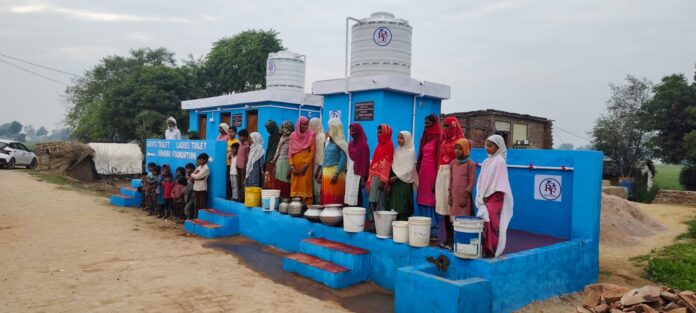Snobar, TwoCircles.net
In the quiet and sun-scorched village of Aterna Samshabad, near Badakli Chawk in Mewat, Ayana once sat in the eighth-grade classroom of the only government school in the area. According to her teachers, she was a promising student – sharp, curious and full of potential. But that promise dimmed when life took a harsh turn. Her mother was pregnant, and she needed care.
Ayana stepped up, managing the house and walking long distances to collect water for her family. She tried to balance her responsibilities, but when her mother died during childbirth, her life changed forever. She was pulled out of school for “good”.
Her absence was deeply felt. Worried by her disappearance, her class teacher went to her home to find out why she had not returned. What she learned broke her heart. With her mother gone, Ayana’s education no longer mattered to her family. Chores did. Responsibilities did. Survival did. Ayana would never walk into a classroom again.
Though painful, her story is not unique. In Mewat, now known as Nuh, Ayana’s fate mirrors that of countless girls for whom water, or the lack of it, decides whether they get an education or not. Here, girls are often the first to be pulled out of school when family needs intensify. And with the chronic shortage of water, those needs are constant.
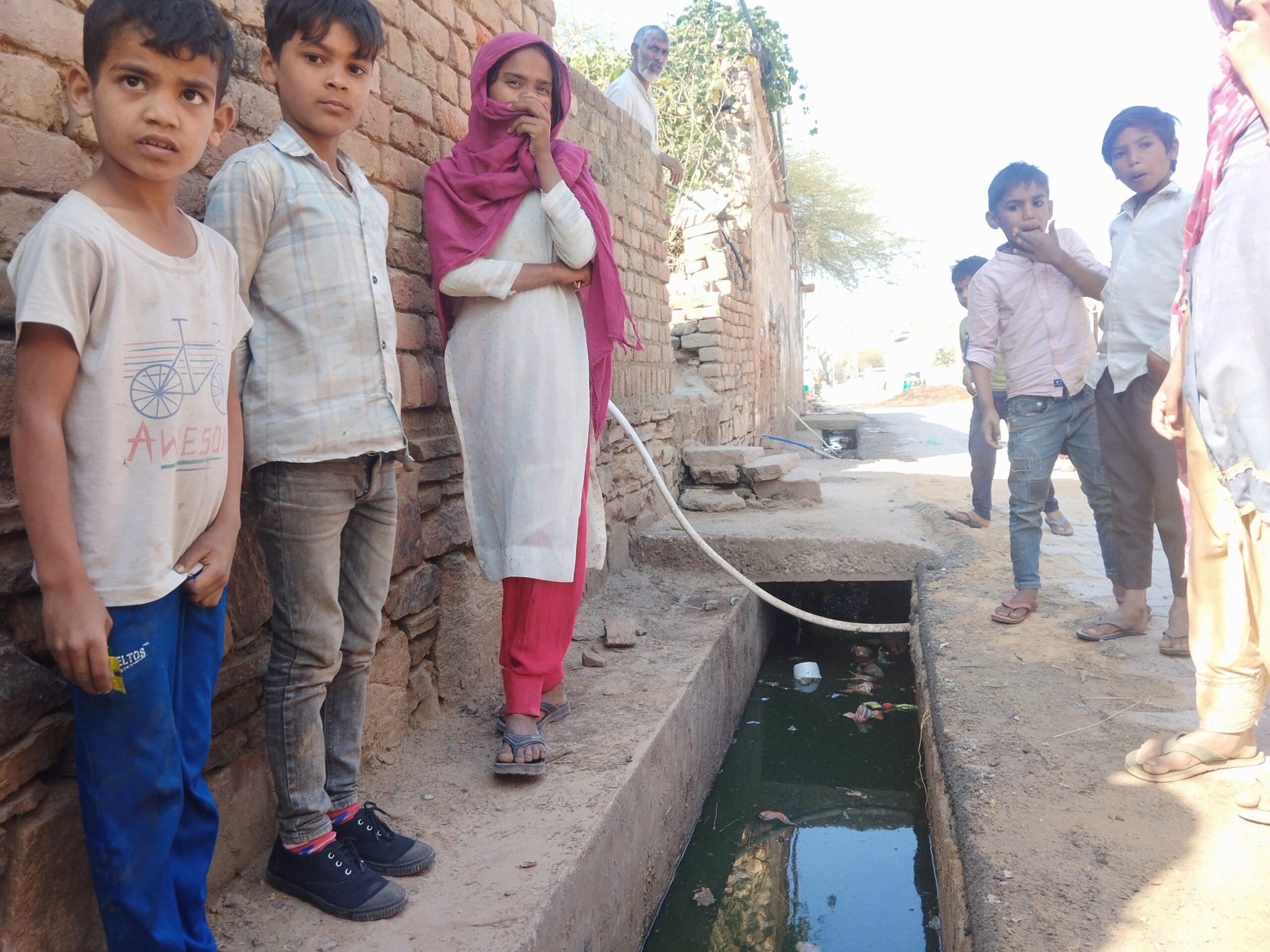
Mewat is one of the most underdeveloped regions in the country. It lags behind in nearly every basic facility – education, healthcare and clean water. According to the 2011 Census, the literacy rate in the region, with three states (Haryana, Rajasthan and Uttar Pradesh) have jurisdiction over it, is just 54.08 percent. For men, it is 69.94 percent. For women, it drops sharply to a mere 36.60 percent.
In schools across the region, the story is the same. Up until eighth grade, nearly all girls are enrolled. But beyond that, the numbers fall. Families often justify it by saying, “Unki ladkiyan badi ho gayi hain, ab unhe school nahi aana chahiye (Their daughters have grown up – meaning they have started menstruating – so they should not go to school anymore).”
When asked about water availability in the school, a female teacher, who did not wish to be named, said, “Pani toh hai hi kam (There is already very little water).”
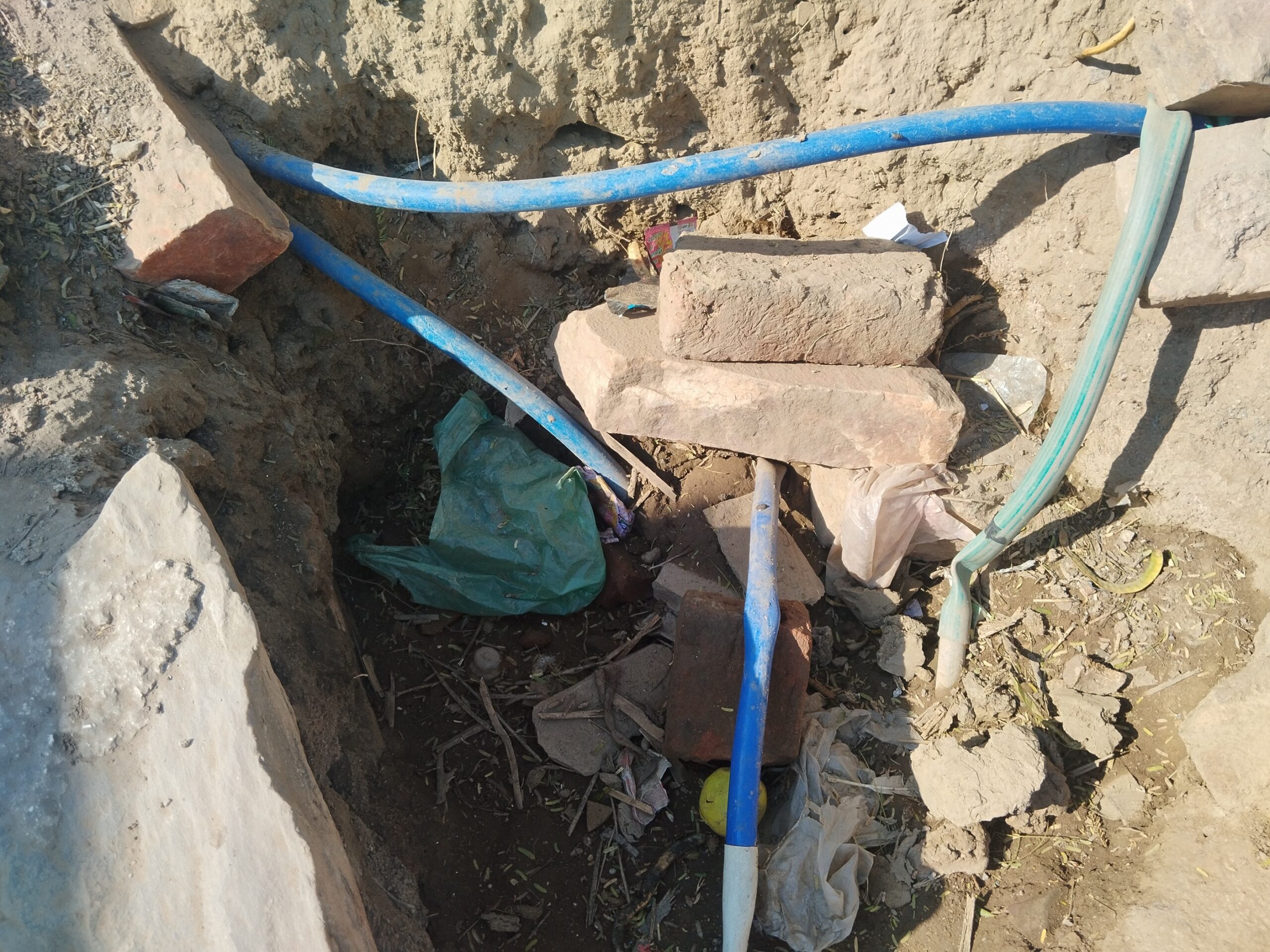
Though the school does have water, it does not come through tap connections. Instead, the school head arranges for tankers. But these tankers are sporadic, unreliable and not easily accessible – not to students, not to teachers and not even to the women who cook the midday meal.
“The government has not given us a dedicated tanker. In the summer, tankers get delayed for weeks. Demand is too high. And when the water finally arrives, we fill buckets and store what we can. We do not know when we will get it next,” the teacher explained.
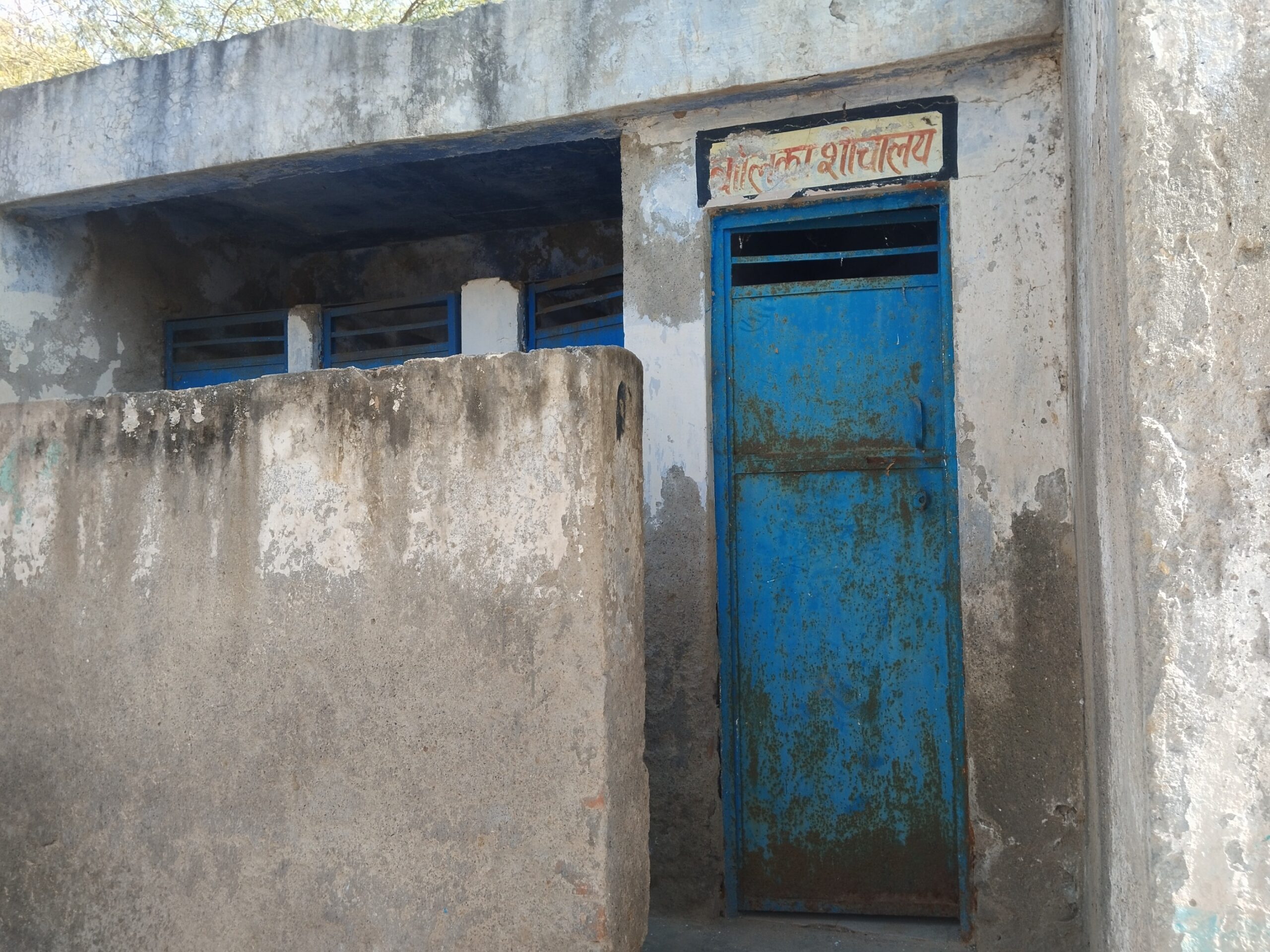
There are toilets on school grounds. But they are dry, locked or overflowing. The girls’ washrooms remain locked most of the time because there is no water for flushing. The boys’ toilets are open but reek of foul smells. For the staff, both male and female, there is just one washroom. Its tap is broken. It never supplies water.
“It is not just hard for the girls. Even we face these problems. When water comes every four or five days, we save it in buckets just to be able to use the washroom. The taps have stopped working altogether,” another female teacher said.
It gets worse. The water that does come, rarely and in small quantities, is salty and undrinkable. Tankers, which cost Rs 1,500 to Rs 2,000, are a luxury most families cannot afford. So they drink what is available, no matter how bad it is.
“When the water comes, villagers rush to fill their containers. They cannot afford tankers. But this water is saline. It should only be used in toilets. Still, out of desperation, they drink it,” the teacher complained.
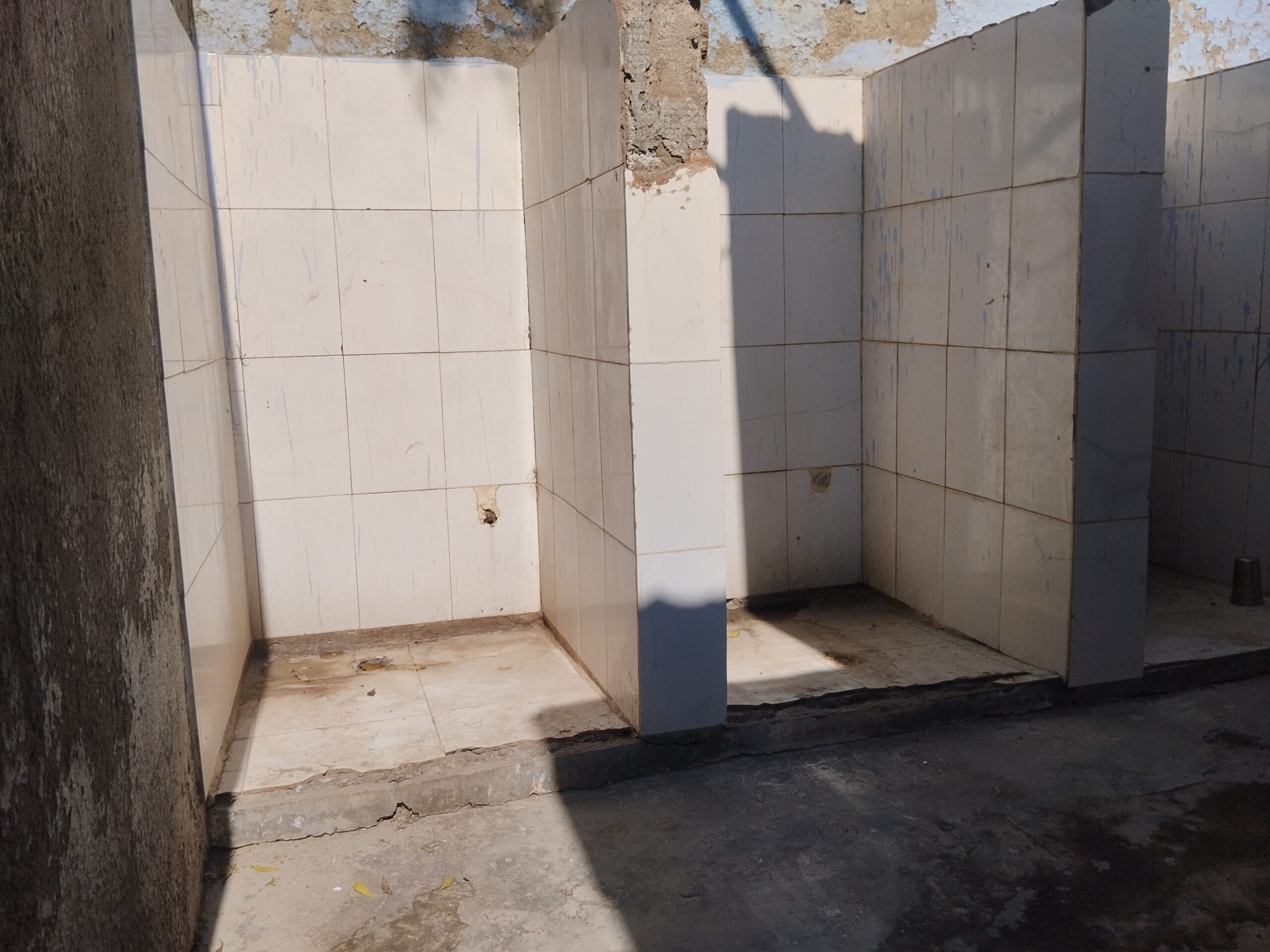
She spoke of how water scarcity affects attendance, especially among girls. “Around 80 percent of the girls go to collect water. Their families are poor. They cannot buy water, so they rely on one or two daughters to fetch it. These girls walk 2 to 4 kilometres daily. They leave in the morning and return in the evening. There is no time left for school,” she narrated.
And it is not just water collection that keeps girls away. Menstruation does too. The teacher explained how girls often skip school during their periods. “They do not say it outright, but when we ask, they just say, ‘Problem thi…(There was a problem…).’ We understand what they mean,” she said.
Saheedan, a midday meal worker in her 40s, echoed the same pain.
“The biggest problem in Aterna village is the lack of water. When girls start menstruating, this becomes an even bigger issue. Washrooms should have water at that time, but they don’t. So girls stop coming to school. Their families cannot afford private schools where there are better facilities,” she said.
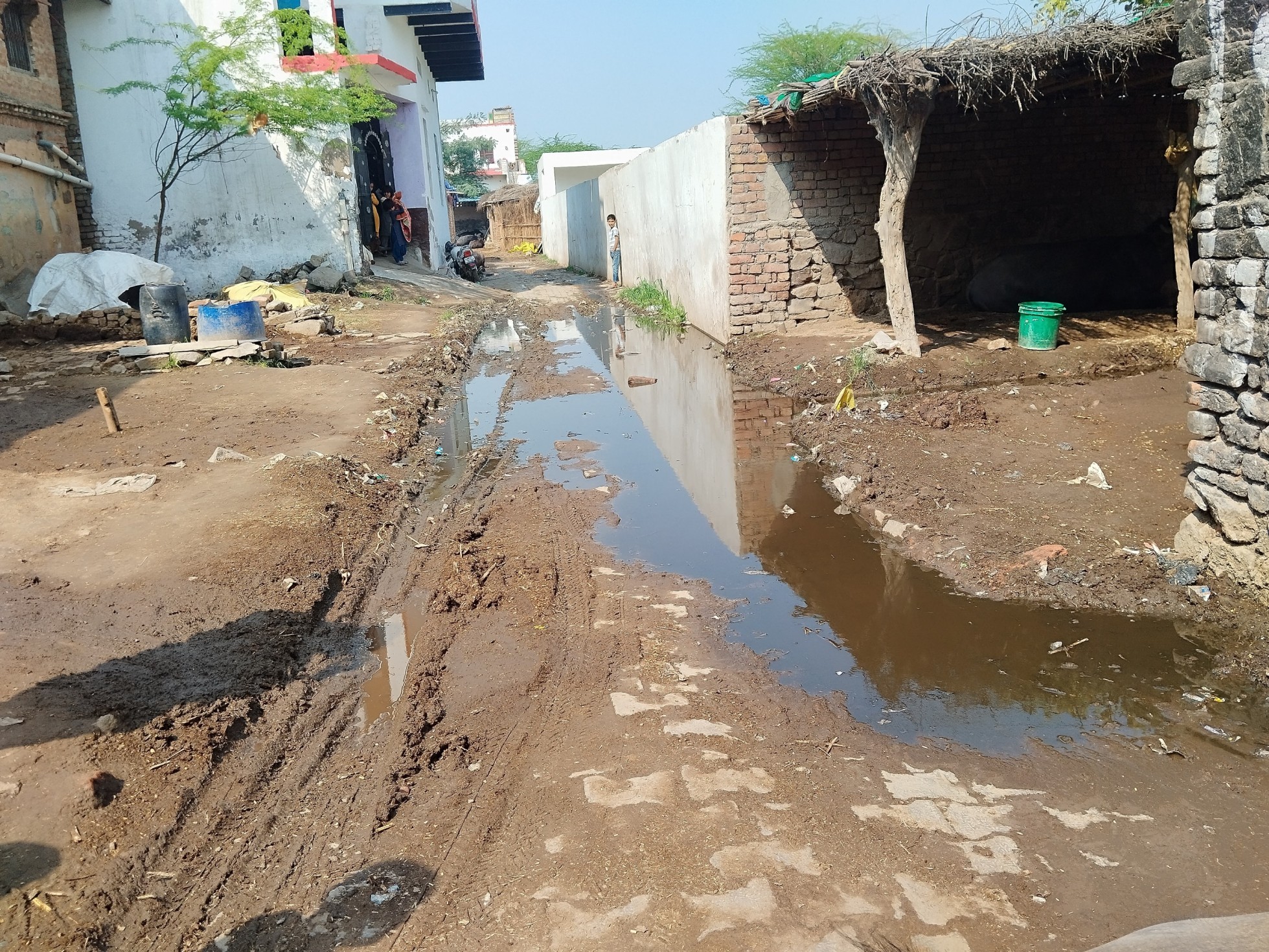
She talked about how the children manage drinking water during school hours. “We carry buckets of water from a tanker near the gate and pour it into a single can. That is the only drinking water the children have. Sometimes, they fight over it. There are no taps. Just one can,” she described.
When asked about government claims that 100 percent of households and schools in Mewat have tap water under the Har Ghar Jal Yojana, she shook her head in anger.
“It is a complete lie. There is no water at all. Many homes do not even have taps. Some do not have pipelines. And water is so expensive – Rs 1,000 for just one tanker,” she added.
Another staff member, Vijendra Singh, said bitterly, “These yojanas (schemes) are only fulfilled on paper. ‘Har Ghar Jal’, ‘Beti Bachao, Beti Padhao’, they sound good but nothing happens in real life.”
In Aterna village, official data shows that all 332 households have tap water connections. But what is visible tells a different story.
Mubarak, an activist from the village, pointed to one of the so-called taps. “It is just a pipe running over a filthy drain filled with garbage. Many pipes are broken. Dirty water from the drain seeps into them. This is what people are expected to drink.”
Pointing at a cracked pipe, he added, “It is not even a tap. Just a joke of what clean water access should look like.”
The only government water chamber nearby is surrounded by drain water and open fields. Women who use the water say it is not safe to drink.
“We want the tank to be cleaned. It is dried up. When the school runs out of water, my children come home to drink. Then they say they are late and do not return to school. They miss out on learning,” said one woman, her face hidden behind a scarf as she washed clothes.
Barkati, in her 50s and a former Gram Panchayat (village council) member, said with visible frustration, “There is neither electricity nor water. There is nothing in the schools either. Our girls have to go far to fetch water. There are no toilets. No water. No facilities. That is why they remain uneducated.”
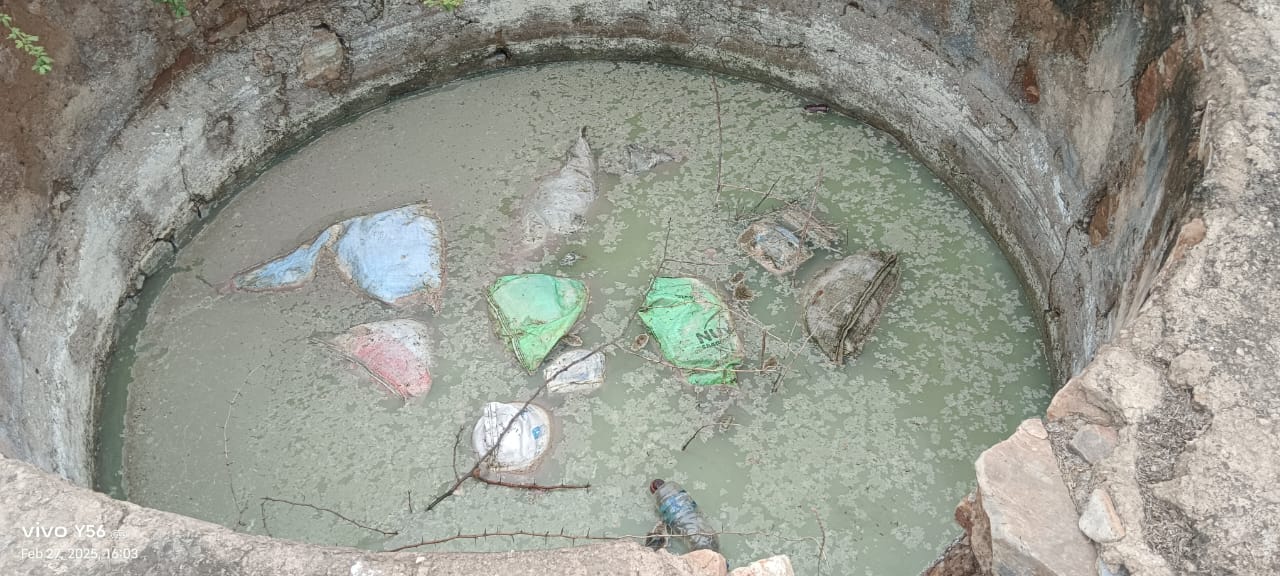
Her voice trembled between anger and sorrow. “The government has given us nothing. No one listens to us. All we want is education for our girls, clean water, working taps, clean water chambers and roads that do not crumble beneath our feet.”
A walk through Valmiki Gaon in Aterna revealed a large open drain at the village entrance, spilling with garbage. Pipes stuck out from corners of homes, supposedly part of the tap water scheme – but they were bone dry.
A Dalit woman recalled, “Last year, they installed these taps. They promised clean water. For a few days, we got some. But then it stopped. Since then, nothing.”
A young Dalit man, afraid to be named, said quietly, “Madam, just write this – there is no water here.”
Another woman added bitterly, “If you want water here, pay for it. If you cannot, stay thirsty.”
She continued, “A tanker comes every 38 hours, but we have to wait a full day in advance just to get a little water. In summer, we must request it 15 days before.”
As she spoke, a girl in grade 7 suddenly threw down the metal pot she was using to collect water. “I cannot do this anymore. I am going to school,” she yelled.
The woman looked on, weary but proud. “She gets so tired from carrying water again and again, she just gives up,” she said and then smiled gently. “We have only one demand – free access to water.”
“Tell me, madam,” she said, “We are labourers. How are we supposed to survive? What will we eat, what will we drink, how will we educate our children? We do not even own land. But if we get water, we get everything. Nothing is more important than water.”
In Chak Rangala village in Firozpur Jhirka, Zareena, in her 40s, spoke of her daughters.
“Their school is 1-2 km away. They carry bottles, but they are empty in an hour. In summer, they are thirsty and tired. They ask me, ‘Mummy, how can we go to school when there is no drinking water or water in the washrooms?’ They get anxious. They do not want to go.”
The scheme that was meant to empower women by providing water has failed them. Instead of support, it has only deepened their burdens.
Zakir Hussain, founder of Al-Khair Education and Charitable Trust in Firozpur Jhirka, claimed his organisation has been working to address this crisis. They say they have implemented over 150 water projects, installing RO systems in madrasas, building washrooms and providing clean water.
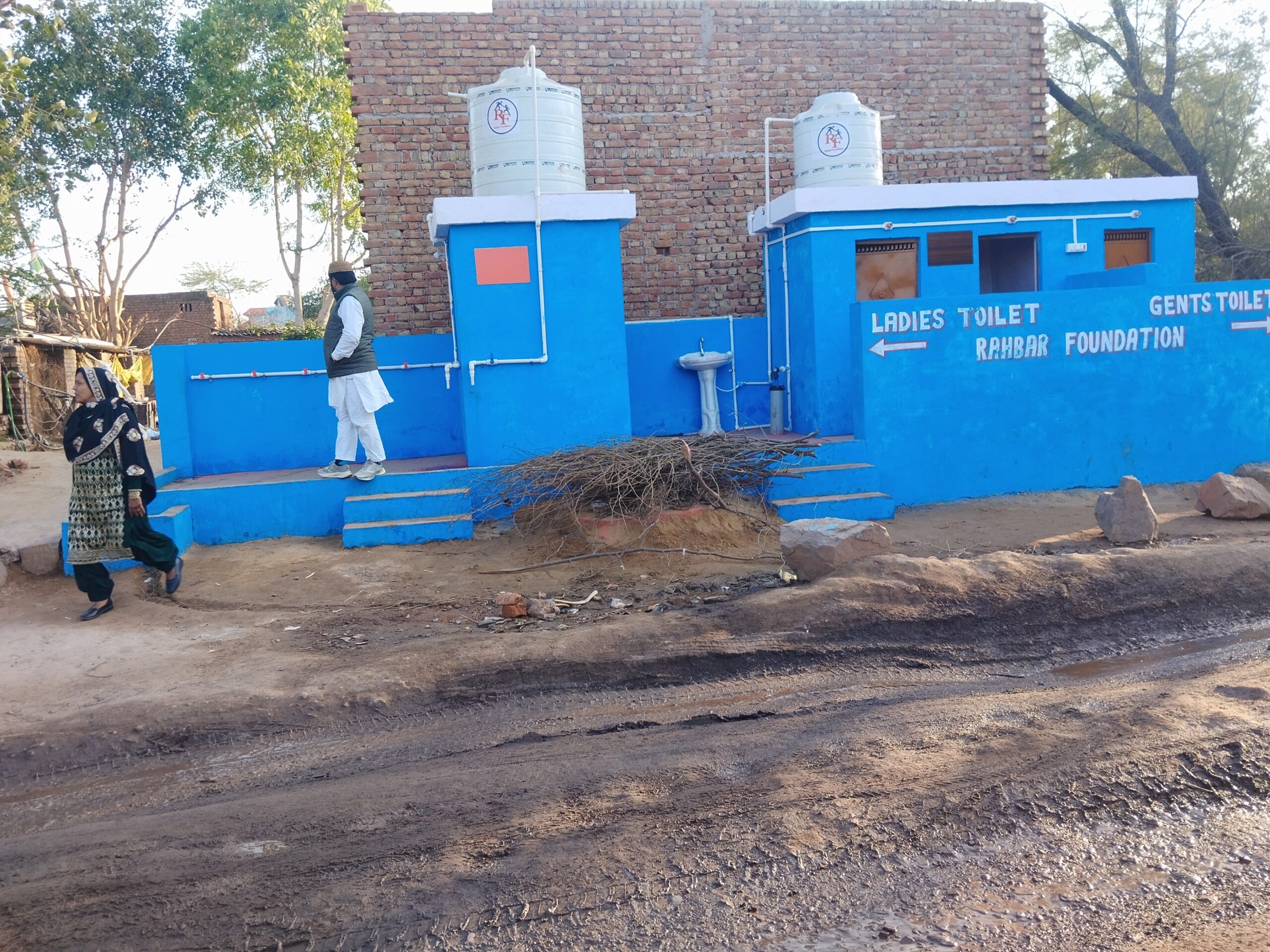
“The water crisis has a direct impact on girls’ education. They spend their whole day collecting water. There is no time left to study,” he said, adding, “Government data says 100 percent of homes have water. But in reality, maybe 15 households actually have it and that too, irregularly.”
In Ghasera village, once home to several wells, nothing remains. Fields hide what is left of them – dry and salty pits no longer fit for use.
Yousuf, an Urdu teacher, said, “The rains have stopped. Groundwater has dried up. Wells used to help. But now, they are gone. Some were even covered with soil to prevent accidents. The few that remain hold dirty water not even fit for animals.”
In 2001, the Payjal Badhotri Yojana was launched with a budgetary allocation of Rs 450 crore to bring water to villages like Ghasera. It lasted until 2006. After that, the supply dwindled. Nothing improved under successive governments. People were left behind.
Mohammad Mohsin, a worker at a local petrol pump, said, “We had a powerhouse for water under Chautala’s government. Now, it does not even have a motor.”
Sarpanch Aasu Mohammad alleged that tenders go to big companies. “No one knows who got the contract. Pipelines were laid. But no water comes,” he said.
Nuh’s Congress MLA Aftab Ahmed admitted that the 100 percent tap water claim is false. “I raised it in the Vidhan Sabha (state assembly). But what more can I do?”
Yousuf summed it up by saying, “What the government promised was just a slogan. There is not a single working tap here.”
Repeated attempts to contact the Public Health Engineering Department (PHED), which oversees the scheme in Nuh, went unanswered.


